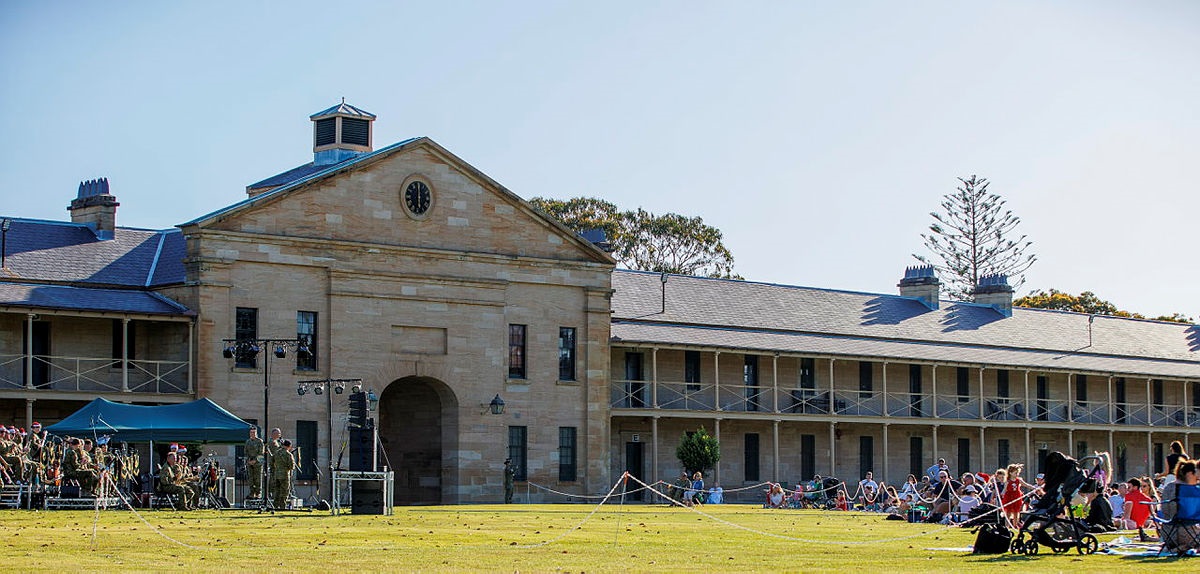
The government has commissioned an audit of the Defence estate to look at whether it ‘reflects contemporary needs in light of the decision to prioritise investment in Australia’s northern network of bases, ports and barracks’.
Ostensibly this indicates that all bets are on regarding the future of the estate in the southern parts of Australia, apart from those sites where major infrastructure investments have been committed to under the defence strategic review, AUKUS and the Defence Department’s integrated investment program.
This assumption has arisen because of the absence of public transparency of the audit, but it is unlikely to be proved correct. It remains to be seen whether the audit will actively explore ways to free up capital (via divestment) for new capability projects, or whether its primary goal will be to reduce the cost of sustaining a large, dispersed and deteriorating estate.
The Defence estate is a fundamental input to capability, supporting the generation and sustainment of the Australian Defence Force. It is a complex portfolio with a diverse range of assets that has evolved incrementally in response to strategic circumstances rather being the result of a comprehensive, integrated plan.
The estate comprises 70 major bases, 100-plus training ranges, more than 700 owned and leased properties, and 30,000 built assets with a gross replacement value of around $68 billion. The estate’s diversity and specialised requirements make it challenging to provide direct comparisons with other government property portfolios in terms of value and sustainment costs. The assets include bases and barracks which are communities unto themselves; airfields and airbases (with runways, hangars, control towers and maintenance facilities); naval bases and ports (with docking facilities, piers, dry docks and maintenance facilities); training areas (land, sea and air); ammunition depots; communication centres; logistics and supply centres; research and development sites; medical facilities; training schools and academies; infrastructure for fuel and energy storage; testing and evaluation facilities; and housing.
Historically, defence reviews and white papers have played a pivotal role in shaping Australia’s defence policy and strategy. They’ve been instrumental in ensuring Australia maintains a strong and adaptable ADF in the evolving security landscape. Consequently, these documents have had a profound impact on the configuration of the Defence estate, with its footprint shaped to align with the prevailing force-posture approach.
As an illustration, the 2009 strategic reform program prompted a base consolidation review aimed at crafting a more contemporary Defence estate profile with a focus on achieving maintenance savings. The 2012 future estate review identified 17 sites for divestment, a recommendation further supported by the 2015 first principles review, which called for the ‘disposal of all unnecessary estate holdings starting with the 17 bases identified in the 2012 report’. The 2016 integrated investment program underscored the imperative to address the historical underinvestment in key enablers, including the estate.
It’s difficult to determine if recommendations from the reviews have been implemented. That’s not surprising given that divestments are fraught with contention and delays. There are 13 divestments underway, and two notable examples highlight the complexities. The first is the ongoing divestment of the 14.30-hectare Leeuwin Barracks, a former navy cadet training base on the Swan River in Fremantle approximately 19 kilometres from Perth’s CBD, which commenced in 2015. The second example is the ongoing divestment of the 127.8-hectare Maribyrnong site, a former heritage-listed munitions factory. Consultations began in 2010 and the stringent remediation requirements make it an extended endeavour.
The 2023 audit will likely shine a light on further divestments, in addition to the 17 nominated sites. Striking a balance between cost, performance and risk is crucial to maximise the value of the assets and deliver value for money for the government and taxpayers. It therefore makes sense to consider older, more dispersed and smaller sites. However, divesting bases that offer economies of scale, particularly in their whole-of-life sustainment costs, doesn’t make sense.
Divestment can prove to be an unsatisfactory way to achieve short-term cost-savings. These places, where people work and live, are important for retaining ADF personnel—and the civilian workforce responsible for maintaining and sustaining the sites and supply chains linked to the surrounding communities.
As documented in the DSR, Defence is facing significant workforce challenges, and the retention and growth of highly skilled ADF and civilian defence personnel is of paramount importance. Preserving bases and barracks in key metropolitan areas can not only enhance sustainment efficiencies but also mitigate attrition rates and the resultant capability gaps.
The final case against divesting key bases and barracks lies with the force-posture shift towards Australia’s north. Retaining these key bases and barracks allows the estate to remain resilient and preserves the flexibility to adapt to future requirements should the strategic focus shift once more.
Once land is divested, the government may not have the financial capacity to acquire comparable holdings in the future, especially given rising property values.
Let’s hope the 2023 audit yields a thoughtful response that prioritises the long-term resilience of the estate over short-term gains for capability projects and takes into consideration the advice provided in the DSR: ‘Government cannot afford to lose sight of the importance of foundational estates and infrastructure for Defence.’

